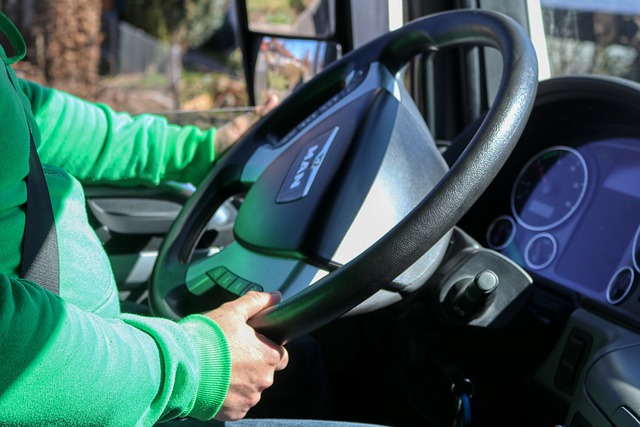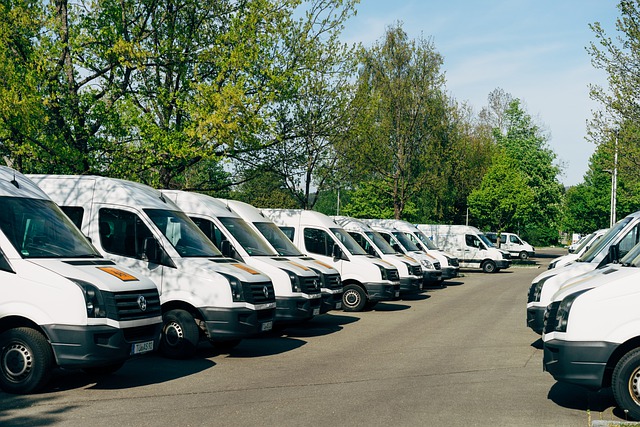How to Keep Your Transportation Fleet Safe and Active
In any transportation fleet, safety is one of the most important factors. But it’s not just about preventing accidents or avoiding liability. It also means making sure your drivers are well-trained and that you have a safety plan in place in case of an emergency.
What follows are ten simple tips to help keep your transportation fleet running smoothly and safely:
1. Make Sure Your Drivers Are Properly Trained
One of the most important safety aspects in a transportation fleet is ensuring that your drivers are appropriately trained. They need to know how to operate the vehicles safely and how to respond in case of an emergency. They should also be familiar with the company’s safety policies and procedures.
2. Conduct Regular Vehicle Inspections
It’s essential to regularly inspect your vehicles to ensure that they are in good working condition. This includes checking the tires, brakes, lights, and other important components. You should also make sure that the vehicle is clean and free of any debris that could potentially cause an accident.
3. Implement a Maintenance Schedule
To keep your vehicles in good condition, it’s important to implement a regular maintenance schedule. This might include oil changes, tune-ups, and other essential services. Keeping up with the maintenance can help avoid potential accidents and breakdowns.
4. Keep Your Vehicles Clean
It’s not just important to keep the outside of your vehicle clean – the inside should also be clean. This means regular vacuuming and dusting and removing any clutter that could potentially cause an accident.
5. Develop a Safety Plan
In the event of an emergency, it’s important to have a safety plan in place. This should include procedures for reporting an accident, evacuating the vehicle, and contacting the authorities. Everyone in the company should be familiar with the safety plan and know what to do in case of an emergency.
6. Make Sure Your Vehicles Are Well-lit
Another important safety tip is to make sure your vehicles are well-lit, both inside and out. This means making sure the headlights and taillights are working properly and that there are no dark areas inside the vehicle.
7. Use Safety Devices
Various safety devices can be used in transportation fleets, such as GPS tracking systems and dash cameras like CameraMatics. These devices can help you keep track of your vehicles and ensure that they are being driven safely.
8. Invest in Driver Training
Investing in driver training can go a long way towards keeping your transportation fleet safe. This training can teach your drivers how to operate their vehicles safely and how to respond in case of an accident.
9. Promote Safe Driving Practices
It’s essential to promote safe driving practices within your company. This includes things like obeying the speed limit, using seat belts, and not driving under the influence of alcohol or drugs.
10. Have Insurance in Place
Having insurance in place is an important part of running a transportation fleet. It can help protect you from liability in the event of an accident and provide financial assistance in a loss. It’s important to work with an insurance company that understands your specific needs and can provide you with the coverage you need.

What to Do if Your Truck Is in an Accident
If you are involved in an accident, there are specific steps you should take to ensure everyone’s safety and minimize damage.
1. Move the Vehicle to a Safe Location
If possible, move the vehicle to a safe location away from traffic. If the vehicle is blocking traffic, turn on the hazard lights and wait for a police officer or tow truck to arrive.
2. Check for Injuries
Once you’ve moved to a safe location, check for injuries. If anyone is injured, call 911 immediately. Do not try to move an injured person unless it’s necessary.
3. Exchange Information
If there are no injuries, exchange information with the other driver. This should include your name, contact information, insurance company, and policy number.
4. Contact Your Insurance Company
After an accident, you will need to contact your insurance company to report the incident. Be sure to have all the necessary information on hand, such as the police report and any photos you may have taken.
5. Contact a Truck Accident Lawyer
If you’ve been involved in a severe accident, it’s essential to contact an experienced truck accident lawyer. A lawyer can help you navigate the legal process and make it easier.
Accidents can happen at any time, and they can be costly – not just monetarily but also in terms of the damage done to your vehicle and the safety of your drivers. It’s essential to take steps to prevent accidents from happening and plan what to do if an accident occurs. By following these ten tips, you can help keep your transportation fleet safe and active.

